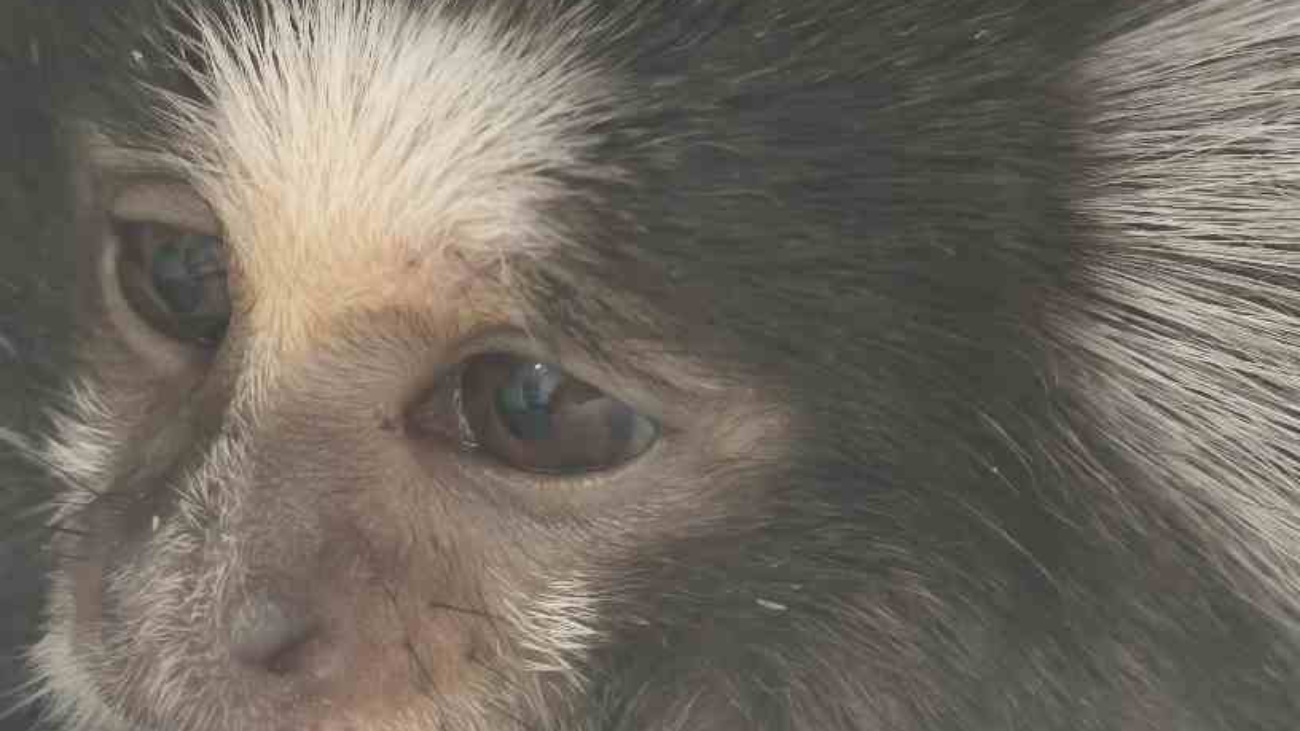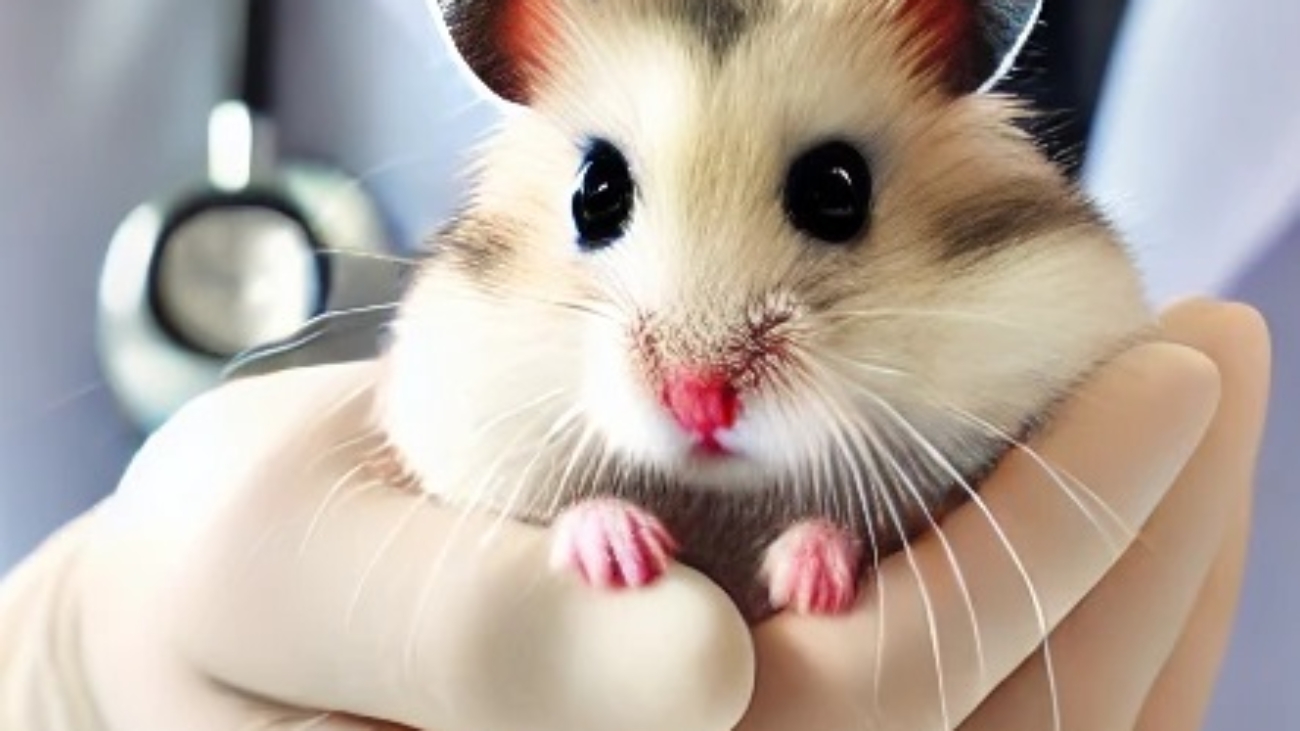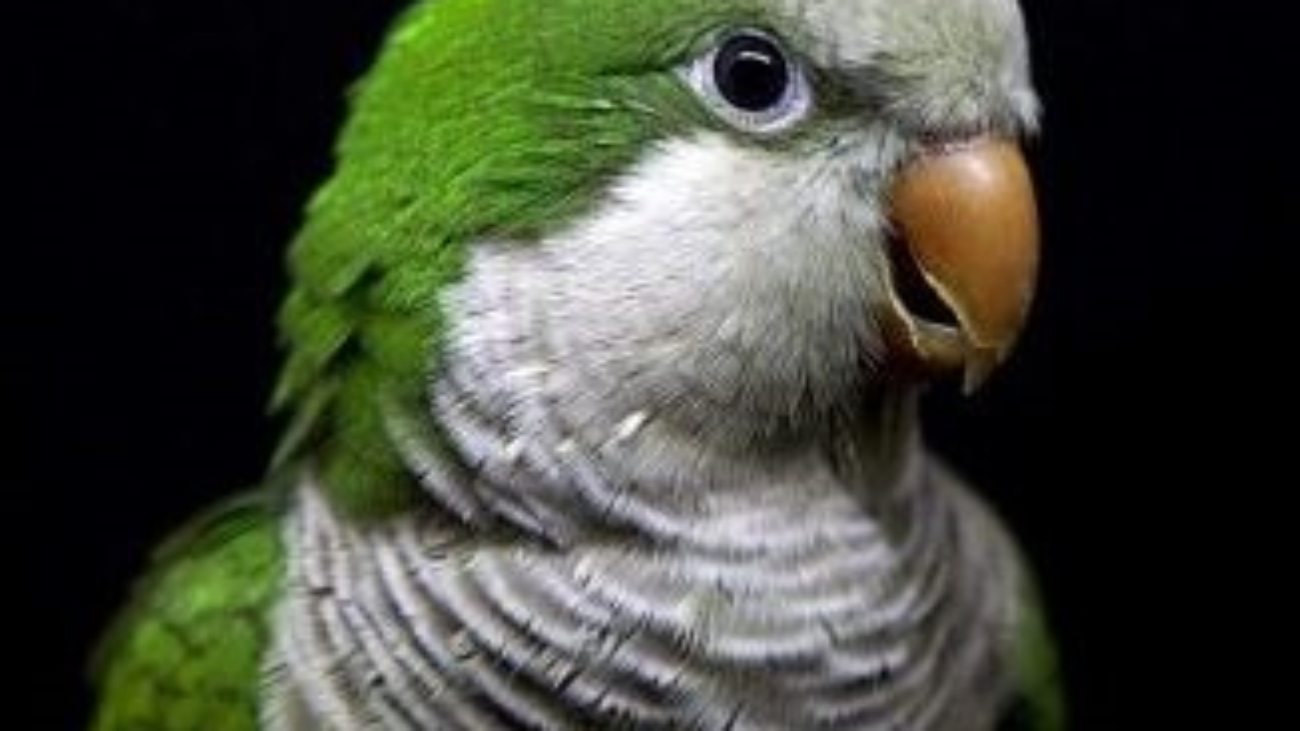Exotic monkeys
They are often found in zoos, private collections, and sanctuaries. Some species are rare, endangered, or protected due to habitat destruction and illegal wildlife trade.
Monkeys are one of the most diverse and intelligent groups of exotic animals, but they require complex habitats and social interactions to thrive. Keeping them as pets is ethically questionable and illegal in many places. Instead, conservation and responsible tourism can help protect these incredible primates in the wild.
Monkeys belong to the Order: Primates, which includes all primates like great apes, lemurs, and tarsiers. However, monkeys are specifically classified under two groups: New World Monkeys (Platyrrhines) and Old World Monkeys (Catarrhines).
1. New World Monkeys (Platyrrhini) – Found in Central & South America
New World monkeys are small to medium-sized primates with prehensile tails (capable of grasping branches), flat noses, and side-facing nostrils. They are primarily arboreal (tree-dwelling) and found in tropical rainforests.
A. Family: Cebidae (Capuchins & Squirrel Monkeys)
1. Genus: Cebus (Capuchin Monkeys)
- White-Faced Capuchin (Cebus capucinus) – Highly intelligent and used in research and the illegal pet trade.
- Tufted Capuchin (Sapajus apella) – Known for tool use and problem-solving skills.
2. Genus: Saimiri (Squirrel Monkeys)
- Common Squirrel Monkey (Saimiri sciureus) – Small, agile, social, and lives in large groups.
B. Family: Callitrichidae (Marmosets & Tamarins) – Smallest Monkeys
1. Genus: Callithrix (Marmosets)
- Pygmy Marmoset (Cebuella pygmaea) – The world’s smallest monkey (weighs ~100 grams).
- Common Marmoset (Callithrix jacchus) – Known for its distinctive white ear tufts.
2. Genus: Leontopithecus (Golden Lion Tamarins)
- Golden Lion Tamarin (Leontopithecus rosalia) – Striking golden fur, critically endangered.
C. Family: Atelidae (Howler, Spider, and Woolly Monkeys)
1. Genus: Alouatta (Howler Monkeys)
- Black Howler Monkey (Alouatta caraya) – Loudest land animal, its howl can be heard up to 5 km away.
2. Genus: Ateles (Spider Monkeys)
- Geoffroy’s Spider Monkey (Ateles geoffroyi) – Long limbs and prehensile tails for swinging.
D. Family: Pitheciidae (Titis, Sakis, Uakaris)
1. Genus: Pithecia (Sakis)
- White-Faced Saki (Pithecia pithecia) – Distinctive white face, highly territorial.
2. Genus: Cacajao (Uakaris)
- Bald Uakari (Cacajao calvus) – Has a striking red face, found in flooded forests of the Amazon.
2. Old World Monkeys (Catarrhini) – Found in Africa & Asia
Old World monkeys tend to be larger, have downward-facing nostrils, shorter tails (non-prehensile), and are found in diverse habitats, including forests, grasslands, and mountains. Some species are more terrestrial (ground-dwelling) compared to New World monkeys.
A. Family: Cercopithecidae (True Old World Monkeys)
1. Subfamily: Cercopithecinae (Cheek-Pouched Monkeys)
- Mandrill (Mandrillus sphinx) – The largest and most colorful monkey, with a bright blue and red face.
- Gelada Baboon (Theropithecus gelada) – Found in Ethiopia, unique among monkeys for its grass-based diet.
- Rhesus Macaque (Macaca mulatta) – One of the most widely distributed and studied monkey species.
2. Subfamily: Colobinae (Leaf-Eating Monkeys)
- Proboscis Monkey (Nasalis larvatus) – Large-nosed monkey native to Borneo.
- Black-and-White Colobus (Colobus guereza) – Has no thumbs, specializes in leaf eating.
B. Family: Hylobatidae (Gibbons – Lesser Apes)
- White-Handed Gibbon (Hylobates lar) – Small, fast-moving, excellent brachiators.
Exotic Monkeys in the Pet Trade
Some monkeys are kept as exotic pets, but owning them is highly controversial due to ethical concerns, intelligence, and social needs.
Popular Exotic Pet Monkeys (Illegal in Many Countries)
- Capuchins – Intelligent but require high socialization and enrichment.
- Marmosets – Small size makes them appealing but they require specialized care.
- Squirrel Monkeys – High-energy, require lots of space.
Why Monkeys Are NOT Good Pets
- Highly Social – Need constant interaction with their species.
- Long Lifespan – Some live up to 40+ years.
- Specialized Diets – Require complex nutrition.
- Intelligent & Destructive – Can develop behavioral issues in captivity.
- Legal Restrictions – Many countries prohibit private ownership.
Critically Endangered Monkeys
- Golden Lion Tamarin (Leontopithecus rosalia)
- Bald Uakari (Cacajao calvus)
- Black Spider Monkey (Ateles paniscus)
- Roloway Monkey (Cercopithecus roloway)
Conservation Efforts
- Breeding programs in zoos and wildlife reserves.
- Forest protection initiatives.
- Education on illegal pet trade.


